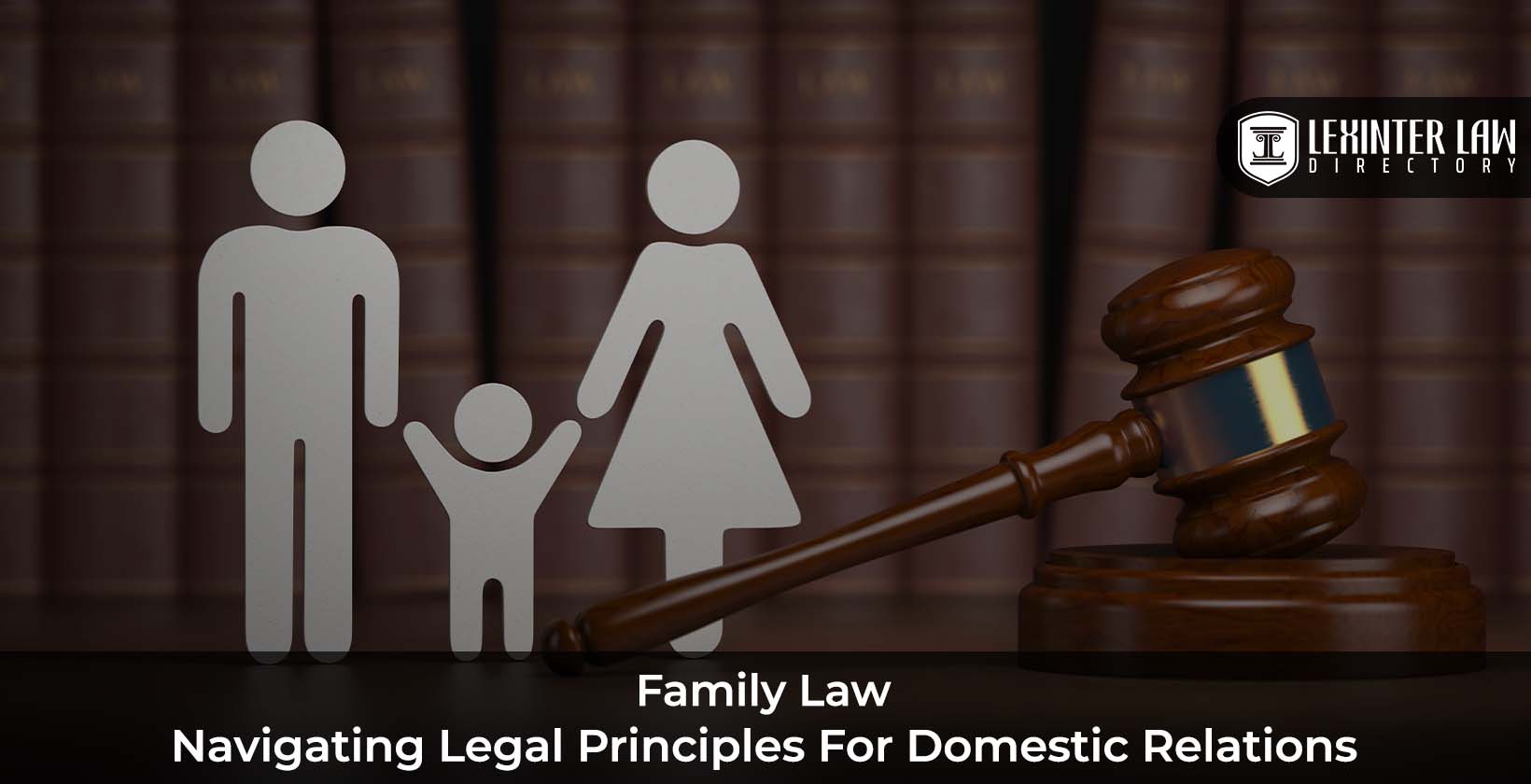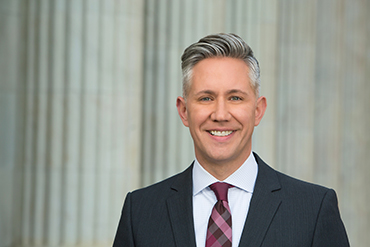Motorcycle and Car Accidents: An Overview
Picture this: you’re riding your motorcycle down the highway, enjoying the open road, when out of nowhere, a car pulls out in front of you. You slam on your brakes, but it’s too late. You crash into the car, and your life is changed forever. Motorcycle accidents involving cars are all too common, and they can have devastating consequences. In 2020, there were over 5,000 motorcycle fatalities in the United States. Of those fatalities, nearly half involved a collision with a car. If you’re a motorcyclist, it’s important to be aware of the risks and to take steps to protect yourself. Wear a helmet, ride defensively, and be aware of your surroundings.
Here are some of the most common causes of motorcycle accidents involving cars:
- Cars turning left in front of motorcycles
- Cars failing to yield to motorcycles
- Motorcycles speeding
- Motorcycles riding in blind spots
- Motorcycles being cut off by cars
- Drunk driving
If you’re involved in a motorcycle accident involving a car, it’s important to seek medical attention immediately. Even if you don’t feel like you’re injured, you may have internal injuries that could be life-threatening. It’s also important to contact a lawyer to help you get the compensation you deserve.
What to Do After a Motorcycle Accident
If you’re involved in a motorcycle accident, it’s important to stay calm and follow these steps:
- Check for injuries. If you’re injured, call 911 immediately.
- Move your motorcycle to a safe location, if possible.
- Exchange information with the other driver(s) involved in the accident.
- Take pictures of the accident scene and your injuries.
- Get a copy of the police report.
- Contact a lawyer to help you get the compensation you deserve.
Motorcycle and Car Accidents: A Devastating Collision
Every day, countless lives are shattered in the aftermath of motorcycle and car accidents. These collisions can cause severe injuries, emotional trauma, and even death. Understanding the common factors that contribute to these accidents is crucial for preventing future tragedies.
Causes of Motorcycle and Car Accidents
A multitude of factors can lead to motorcycle and car accidents, but some of the most frequent causes include:
Speeding
Excessive speed is a major contributing factor to these accidents. When vehicles travel at high rates of speed, drivers have less time to react to changing conditions and hazards. The impact of a collision at high speeds also increases the severity of injuries.
Distracted Driving
The ubiquitous use of smartphones and other electronic devices behind the wheel poses a significant distraction. Sending text messages, checking emails, and engaging in social media while driving takes a driver’s attention away from the road, greatly increasing the risk of an accident.
Failure to Yield the Right of Way
Failure to yield the right of way is another common cause of motorcycle and car accidents. This occurs when a driver fails to give priority to another vehicle that has the legal right to proceed. This often happens at intersections or when vehicles are making turns.
Impaired Driving
Driving under the influence of alcohol, drugs, or both can impair a driver’s judgment, reaction time, and coordination, leading to impaired driving and increased risk of accidents. Even small amounts of alcohol can have a noticeable effect on driving ability
Drowsy Driving
Drowsiness behind the wheel can be just as dangerous as impaired driving. Lack of sleep reduces a driver’s alertness, cognitive function, and reaction time, which can increase the risk of an accident.
Understanding these common causes of motorcycle and car accidents is the first step toward preventing these deadly collisions. By being aware of these factors and taking proactive steps to avoid them, we can help save lives and reduce the devastating consequences of these accidents.
Motorcycle and Car Collisions: A Perilous Mix
Picture this: a serene afternoon drive, the sun casting a golden glow, the gentle hum of the engine providing a comforting soundtrack. Suddenly, the tranquility is shattered by a deafening crash. Glass shatters, metal grinds, and the air fills with the acrid smell of burning rubber. A motorcycle and a car have collided, leaving a trail of wreckage and uncertainty in their wake.
Motorcycle accidents are a tragic reality on our roads today. Motorcyclists, exposed and vulnerable, often bear the brunt of the impact. Their injuries can be severe and life-altering, leaving them with physical, emotional, and financial scars.
Injuries in Motorcycle and Car Accidents
When a motorcycle and a car collide, the motorcyclist is at a severe disadvantage. Lacking the protection of a metal frame and airbags, they are more likely to sustain serious injuries, including:
- Head trauma: Motorcyclists are more susceptible to head injuries, which can range from mild concussions to life-threatening skull fractures.
- Fractures: The impact of a collision can cause broken bones, especially in the limbs and spine.
- Road rash: This painful injury occurs when the motorcyclist’s skin is scraped against the pavement during a slide.
Types of Motorcycle and Car Accidents
Motorcycle and car accidents can occur in various ways, each with its unique set of risks and potential injuries:
- T-bone accidents: These occur when a car strikes a motorcycle from the side, often resulting in severe injuries or fatalities for the motorcyclist.
- Head-on collisions: As the name suggests, these accidents involve a motorcycle and a car colliding head-on, with devastating consequences.
- Rear-end collisions: These accidents often occur when a car fails to see a motorcycle braking ahead, resulting in the motorcyclist being thrown from the bike.
Seeking Legal Help
If you or a loved one has been involved in a motorcycle and car accident, it’s crucial to seek legal assistance immediately. An experienced personal injury attorney can guide you through the complex legal process, help you recover compensation for your injuries, and hold negligent parties accountable.
Motorcycle and Car Accidents: A Devastating Collision
The screech of metal against metal, the sickening thud of impact – motorcycle and car accidents are often catastrophic events that leave victims grappling with severe injuries and emotional trauma. Determining fault in these collisions is paramount, as it directly influences insurance coverage and compensation for damages. Understanding the legal responsibilities involved is critical for navigating the aftermath of such devastating events.
Legal Responsibilities in Motorcycle and Car Accidents
In the aftermath of a motorcycle and car accident, establishing fault is crucial. Several factors come into play, including:
- Negligence: Negligence refers to the failure to act with reasonable care, resulting in harm to others. In motorcycle and car accidents, negligence can encompass a wide range of actions, such as speeding, reckless driving, or failing to yield the right of way.
- Duty of care: Both motorists and motorcyclists have a duty of care to operate their vehicles safely and cautiously. This duty extends to other road users, pedestrians, and property.
- Comparative negligence: In many jurisdictions, the concept of comparative negligence applies. This means that fault can be shared between both parties involved in the accident. The percentage of fault attributed to each party will determine the amount of compensation they may be entitled to.
- Contributory negligence: In some jurisdictions, if a motorcyclist or car driver is found to be partially at fault for the accident, they may be barred from recovering any damages. This harsh doctrine is applied in only a handful of states.
- Insurance coverage: Insurance plays a crucial role in motorcycle and car accident cases. Liability insurance can provide coverage for damages caused to the other party, while collision insurance can cover the policyholder’s own vehicle.
Motorcycle Versus Car: What Happens When Two Worlds Collide?
It’s a scene we’ve all seen too often: a motorcycle and a car collide, leaving behind a trail of mangled metal and injured bodies. According to the National Highway Traffic Safety Administration (NHTSA), motorcyclists are 27 times more likely to die in a crash than car occupants. And while both parties can be at fault, insurance coverage for these accidents can be complex.
Insurance Coverage for Motorcycle and Car Accidents
When a motorcycle and a car collide, the insurance coverage will vary depending on the circumstances of the accident. In most cases, the at-fault driver’s insurance will be responsible for covering the damages. However, there are some exceptions to this rule. For example, if the motorcyclist was driving without a license or insurance, they may not be eligible for any coverage.
Collision Coverage
Collision coverage typically covers damage to vehicles. This includes damage to the motorcycle, the car, and any other property that was damaged in the accident. Collision coverage is usually optional, but it’s a good idea to have it in case you’re involved in an accident.
Liability Coverage
Liability coverage protects against bodily injury and property damage that you cause to others in an accident. This includes injuries to the other driver, passengers, and pedestrians. Liability coverage is required in most states, and it’s important to have enough coverage to protect yourself financially.
Uninsured/Underinsured Motorist Coverage
Uninsured/underinsured motorist coverage protects you if you’re hit by a driver who doesn’t have insurance or who doesn’t have enough insurance to cover your damages. This coverage is optional, but it’s a good idea to consider getting it in case you’re involved in an accident with an uninsured or underinsured driver.
Medical Payments Coverage
Medical payments coverage helps pay for medical expenses incurred as a result of an accident, regardless of who is at fault. This coverage is usually optional, but it can be helpful in covering the costs of medical treatment, lost wages, and other expenses.
How to File a Motorcycle Accident Claim
If you’re involved in a motorcycle accident, it’s important to file a claim with your insurance company as soon as possible. The sooner you file a claim, the sooner you can get your motorcycle repaired or replaced and start recovering from your injuries. To file a claim, you’ll need to provide your insurance company with the following information:
Once you’ve filed a claim, your insurance company will investigate the accident and determine how much you’re owed. You may be eligible for coverage for the following:
If you’re not satisfied with the amount of your settlement, you can negotiate with your insurance company or file a lawsuit.
A Motorcycle and Car Crash: A Harrowing Tale
In a heart-stopping collision, a motorcycle and a car interlocked in a devastating dance of metal and flesh. The roar of the motorcycle, once a symphony of freedom, faded into a deafening silence as the impact shattered lives. The car, its frame twisted and mangled, lay like a wounded beast at the side of the road.
Such harrowing incidents are not mere statistics; they are stories of shattered dreams and lives irrevocably altered. While fate may play its role, the consequences can be mitigated by understanding the causes and implementing preventive measures. Let’s delve into the realm of motorcycle and car accidents, exploring ways to minimize their occurrence and protect ourselves and others on the road.
Preventing Motorcycle and Car Accidents
Defensive driving techniques are like a suit of armor for motorists, shielding them from potential hazards. Scanning the road ahead, anticipating potential dangers, and maintaining a safe distance from other vehicles are crucial maneuvers. Wearing protective gear, including helmets and appropriate clothing, can significantly reduce the severity of injuries in the event of an accident.
Common Causes of Motorcycle and Car Accidents
Distracted driving, a modern-day plague, has become a major contributor to accidents. Drivers engrossed in their phones, texting, or adjusting their radios lose focus on the road, increasing the risk of collisions.
Speeding, a reckless pursuit of adrenaline, often leads to tragic consequences. When vehicles exceed the posted limits, they have less time to react to hazards, making accidents more likely and severe.
Impaired driving, a deadly combination of alcohol or drugs and operation of a vehicle, impairs judgment, slows reaction times, and impairs coordination, making drivers a menace to themselves and others.
Poor road conditions, such as potholes, uneven surfaces, and inadequate lighting, can also contribute to accidents. Drivers must be vigilant, adjusting their speed and driving style to navigate these hazards safely.
Who Pays the Price?
In motorcycle and car accidents, motorcyclists often bear the brunt of the impact. Lacking the protection of an enclosed cabin, they are more vulnerable to severe injuries, including head trauma, broken bones, and road rash.
Car drivers, while somewhat protected by their vehicles, are not immune to injuries. They may suffer from whiplash, broken bones, or internal injuries, depending on the severity of the accident.
Seeking Justice
In the aftermath of an accident, victims may seek legal recourse to recover damages and hold negligent parties accountable. Insurance companies, often involved in such cases, play a crucial role in determining liability and providing compensation.
However, seeking justice can be a long and arduous process, often involving complex legal procedures and negotiations. It is advisable for victims to seek the guidance of experienced attorneys who can navigate the legal maze and protect their rights.
Conclusion
Motorcycle and car accidents are a grim reality on our roads, but by understanding their causes and implementing preventive measures, we can reduce their occurrence and protect ourselves and others. Defensive driving, avoiding distractions, obeying speed limits, and refraining from impaired driving are essential steps towards safer roads.
In the wake of an accident, victims should prioritize their well-being, seek medical attention, and consider legal options to recover damages and ensure justice is served. By working together, we can create a safer environment for all road users, where the roar of motorcycles and the hum of cars coexist in harmony, not in tragedy.
Aftermath of Motorcycle and Car Accidents
In the unfortunate event of a motorcycle and car accident, the aftermath can be a whirlwind of medical emergencies, legal proceedings, and insurance quagmires. Navigating these complexities while still reeling from the physical and emotional trauma can be overwhelming.
Medical Treatment
Motorcycle accident victims often sustain severe injuries due to their exposed nature. Broken bones, head trauma, and road rash are common. Car accident injuries can range from minor cuts and bruises to life-threatening spinal cord damage. Prompt medical attention is crucial to minimize long-term complications.
Legal Proceedings
Determining fault after a motorcycle and car accident can be tricky. Each party’s account differs, and gathering evidence can be challenging. Hiring an experienced attorney can help protect your rights and ensure a fair settlement.
Insurance Claims
Navigating insurance claims can be like navigating a labyrinth. Motorcycle insurance policies often have unique provisions, and car insurance policies can be equally complex. Understanding your coverage, negotiating with insurance companies, and filing claims can be a tedious and stressful process.
Emotional Turmoil
The emotional toll of a motorcycle and car accident can be just as severe as the physical injuries. Victims may experience anxiety, depression, post-traumatic stress disorder (PTSD), and chronic pain. Seeking professional help is essential for managing these emotional challenges.
Financial Impact
Motorcycle and car accidents can have a significant financial impact. Medical bills, lost wages, and property damage can put a strain on your finances. Exploring government assistance programs, negotiating with creditors, and budgeting carefully can help mitigate the financial burden.
Road to Recovery
The road to recovery after a motorcycle and car accident is a long and arduous one. It involves physical rehabilitation, emotional healing, and financial stabilization. With determination, support from loved ones, and a strong support system, victims can overcome the challenges and reclaim their lives.
Motorcycle and Car Accident: Understanding the Impact and Consequences
Imagine yourself cruising down the road on your motorcycle, the wind in your hair and the sun on your face. Suddenly, a careless driver pulls out in front of you, and in an instant, your world is turned upside down. Motorcycle and car accidents can happen in a flash, leaving victims with life-altering injuries and legal challenges.
Causes of Motorcycle and Car Accidents
The causes of motorcycle and car accidents are manifold, but some of the most common include:
- Driver inattention or distraction
- Speeding
- Impaired driving
- Reckless driving
Common Injuries in Motorcycle and Car Accidents
The injuries sustained in motorcycle and car accidents can range from minor to life-threatening. Some of the most common injuries include:
- Head injuries
- Spinal cord injuries
- Broken bones
- Soft tissue injuries
Legal Responsibilities in Motorcycle and Car Accidents
If you’ve been involved in a motorcycle or car accident, it’s crucial to understand your legal responsibilities. These responsibilities include:
- Reporting the accident to the police
- Exchanging insurance information with the other driver
- Seeking medical attention
- Preserving evidence from the accident scene
Eight Steps to Protect Yourself After a Motorcycle or Car Accident
In the aftermath of a motorcycle or car accident, it’s easy to feel overwhelmed and confused. Here are eight steps you can take to protect your rights and get the help you need:
- Stay calm and assess the situation. It’s natural to feel shaken after an accident, but try to remain calm and collect your thoughts. Check for injuries and make sure everyone is safe.
- Call 911. Report the accident to the police and request medical assistance if needed.
- Exchange information with the other driver. Get the other driver’s name, insurance information, and license plate number.
- Take photos of the accident scene. Document the damage to both vehicles and any visible injuries.
- Get a copy of the police report. This report will provide an official record of the accident.
- Seek medical attention. Even if you don’t feel injured, it’s important to get checked out by a doctor to rule out any hidden injuries.
- Contact your insurance company. Inform your insurance company about the accident and provide them with the necessary information.
- Consider hiring an attorney. If you’ve been seriously injured or the insurance company is giving you a hard time, consider consulting with an experienced attorney.
Conclusion
Motorcycle and car accidents can be life-altering events, but understanding the causes, injuries, and legal responsibilities involved can help mitigate the impact. By following these steps and seeking the help of professionals as needed, you can navigate the aftermath of an accident with greater confidence and protect your rights.




Leave a Reply